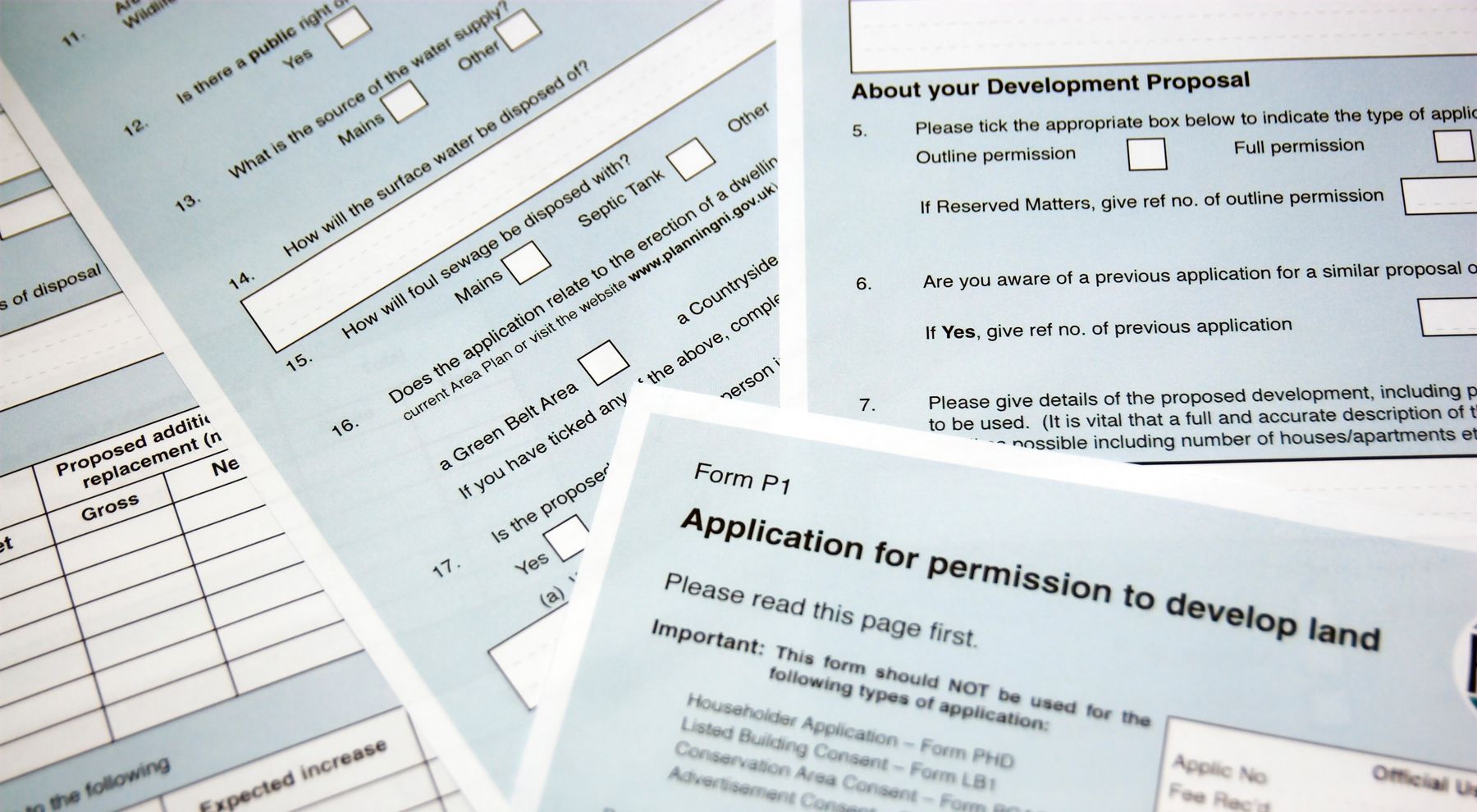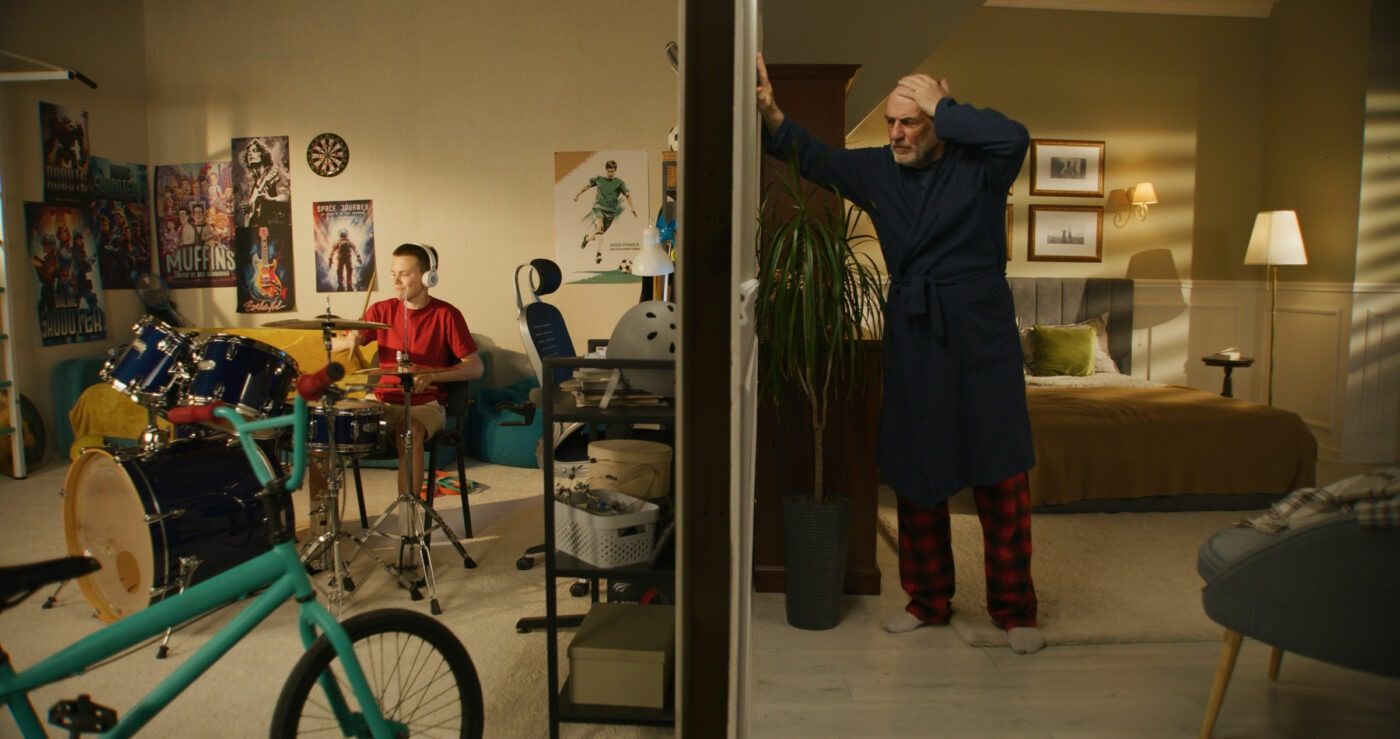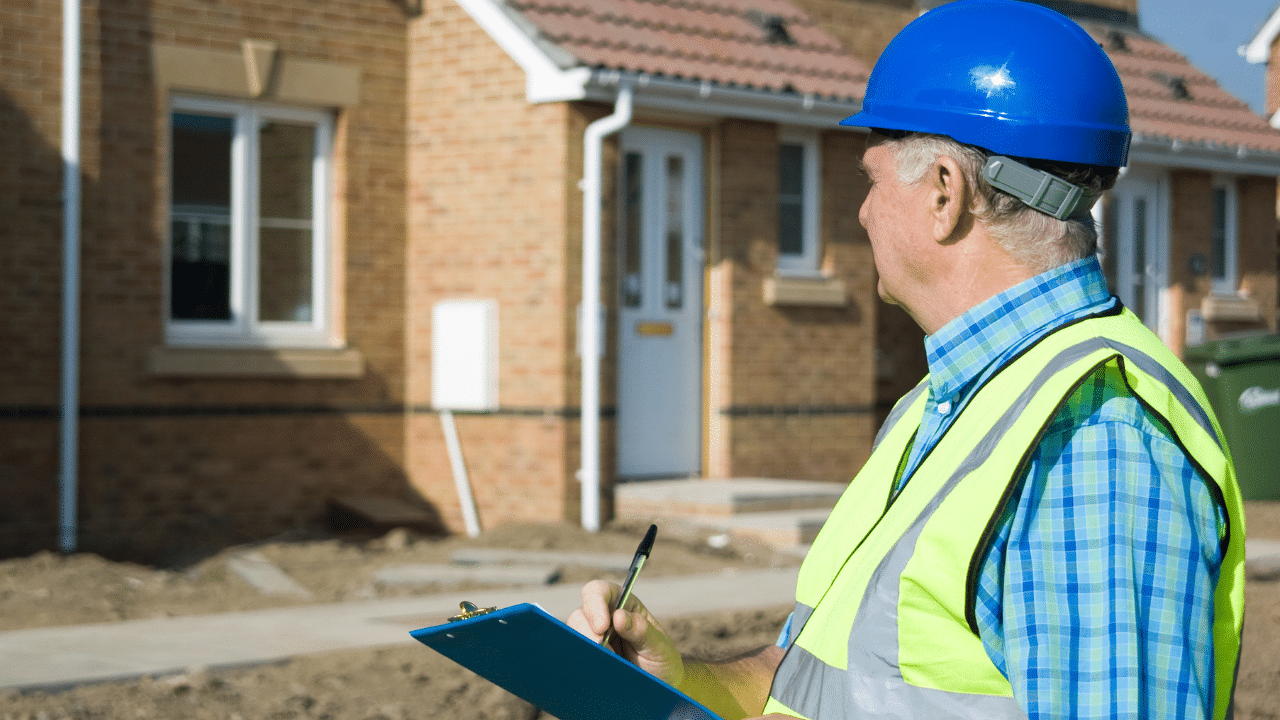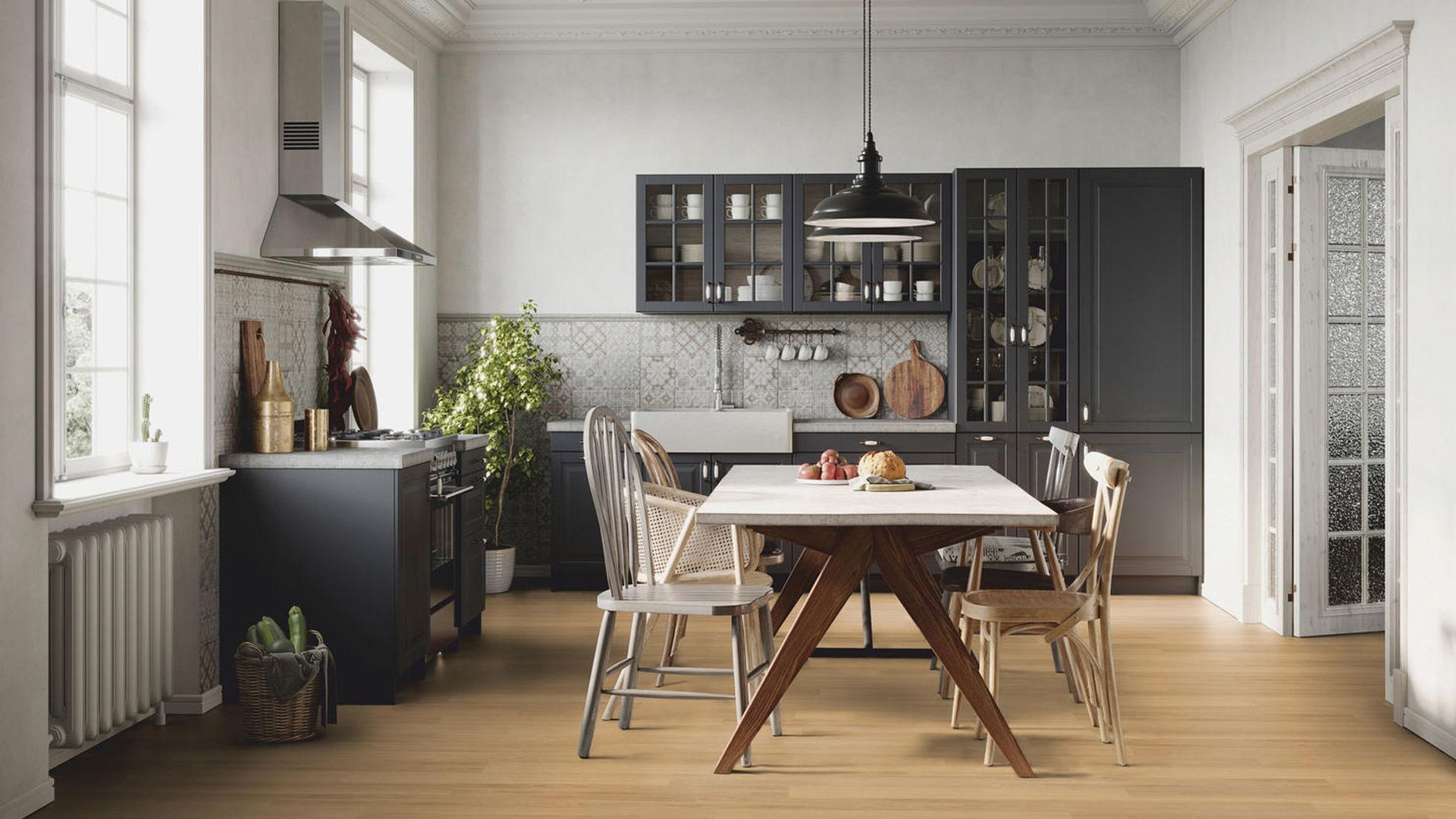Add Value to your Home with an Extension
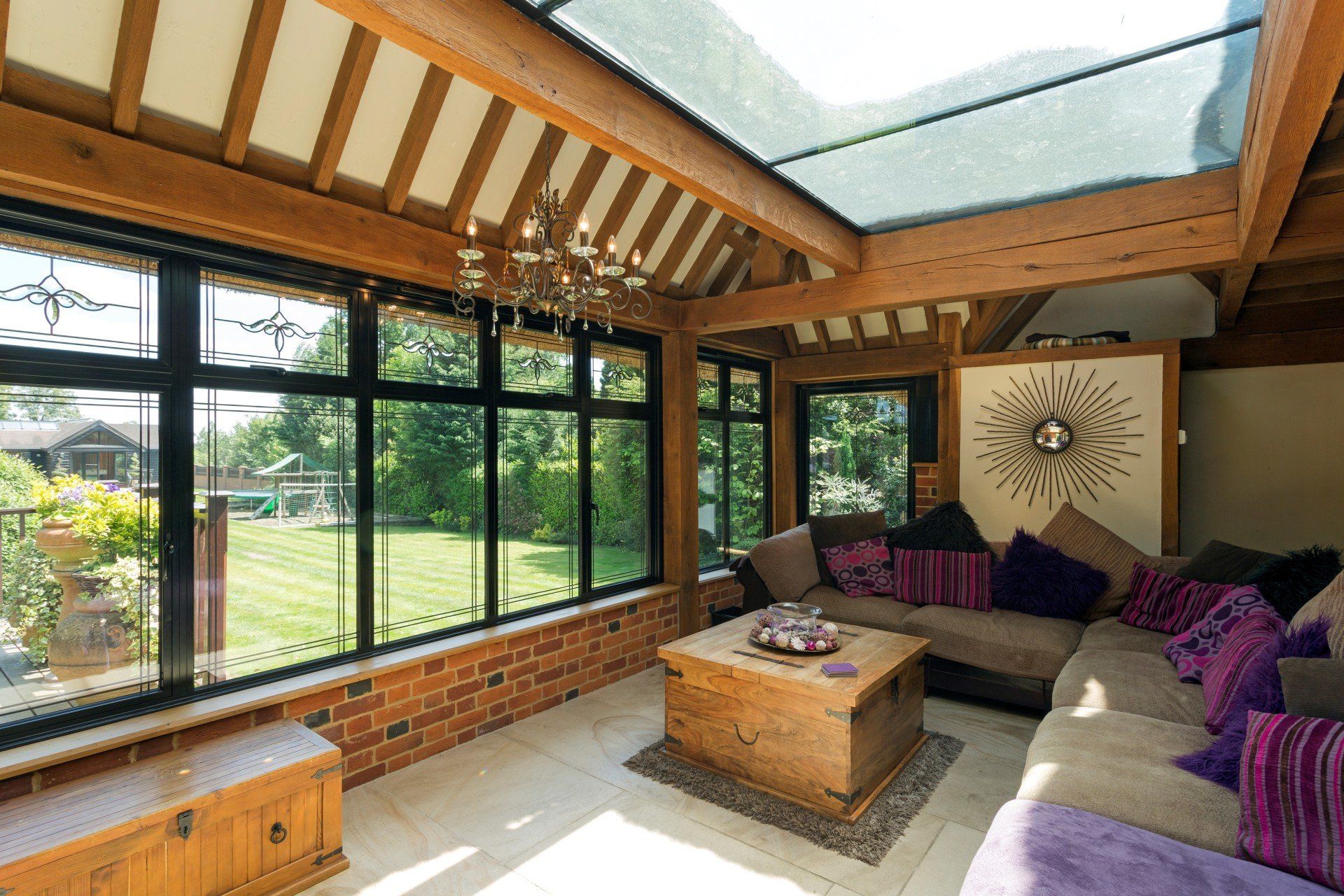
Property is often the biggest investment we’ll make in our lifetime, so it’s natural to want to protect that investment and ensure that your property is the best value it can be. One way to add instant value is with an extension; whether you add a conservatory, garage or a whole extra room. It’s rare when it comes to residential buildings, but some larger extensions require planning permission before they can go ahead, so it’s important to prepare and be aware of what this mean. Below, we will briefly discuss the laws around planning permission, and some ways you can add instant value to your property.
Will I need planning permission?
As mentioned, the size of the extension will dictate whether planning permission is necessary or not. Typically, an extension to your home is considered permitted development, but there are some exceptions. Limits and conditions that may require planning permission include; an extension that is higher than the highest point of the roof, an extension covering over half the land surround the ‘original’ house or if you plan on using materials that are widely different in appearance to the existing house.
If you’re not sure then it’s best to get in touch with your local planning authority who will be able to advise you.
There are several extension options that can improve both the value and appearance of your property, and in the majority of cases you’ll be able to go ahead without planning permission.
One of the most common forms of extension, conservatories not only look attractive but can increase your living space and add a lot of natural light to your home. A conservatory does not require planning permission, as long as it’s no more than 4 metres high, and doesn’t cover more than half of the garden.
Whether you want to extend your existing garage to make room for more vehicles, or add a brand new one, off street parking is extremely sought after and one of the most effective ways to increase your property's value. It’s unlikely a garage will require planning permission, but you can view the exceptional conditions here .
Single storey side or rear extensions
This type of extension is still considered a ‘permitted development’, subject to limits and conditions. You can read a full list here , but they include things like, no extension can be higher than the highest point of the house roof, and a single storey extension must not extend beyond the wall of the original house by 3 metres (if an attached house) or 4 metres (detached).
If you do need help with a planning application for your home, get in touch with Simon Levy. Our team of expert building surveyors can assist you with proposals, formulate architectural services and submit the application on your behalf. For more information, don’t hesitate to give us a call or visit our website today.
